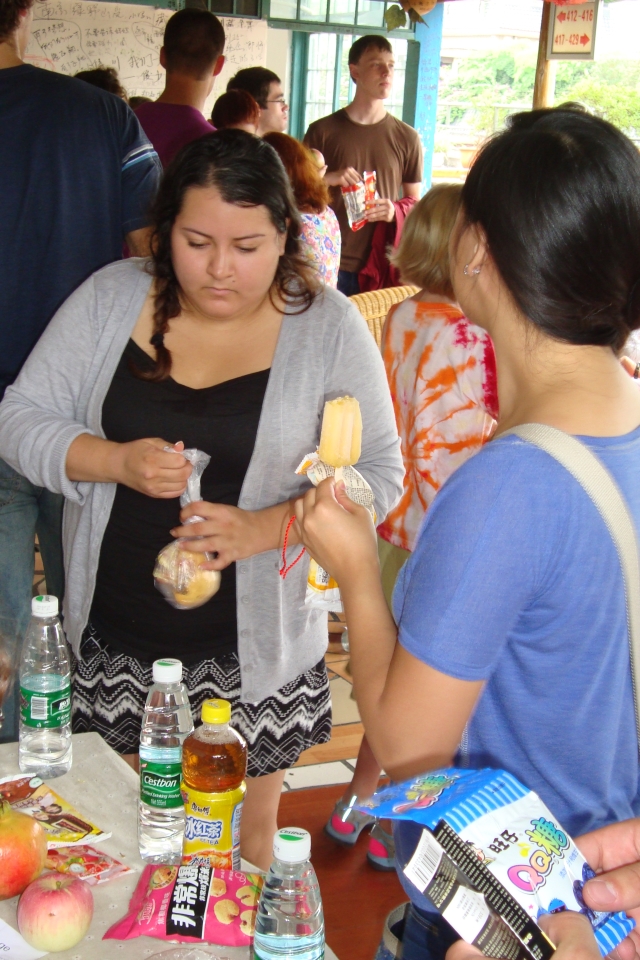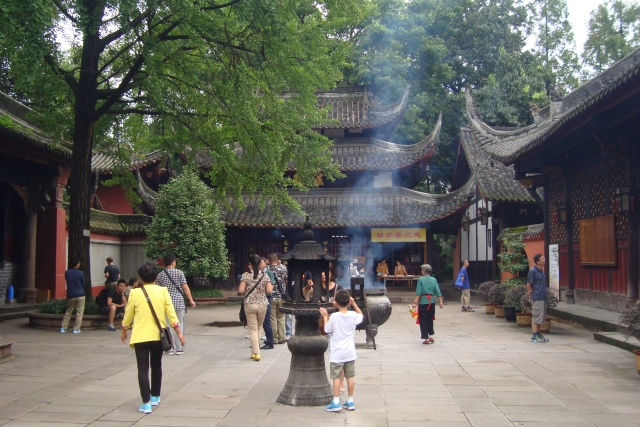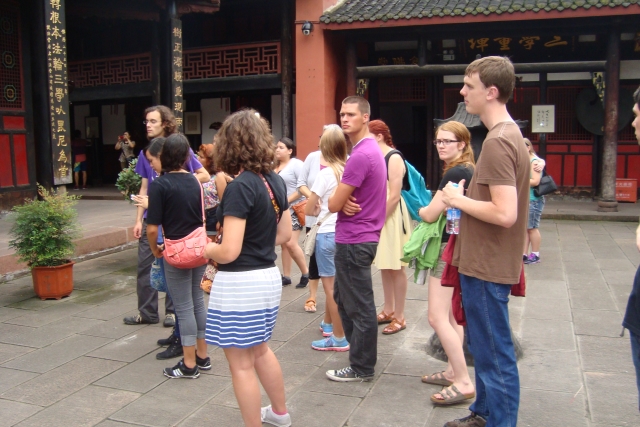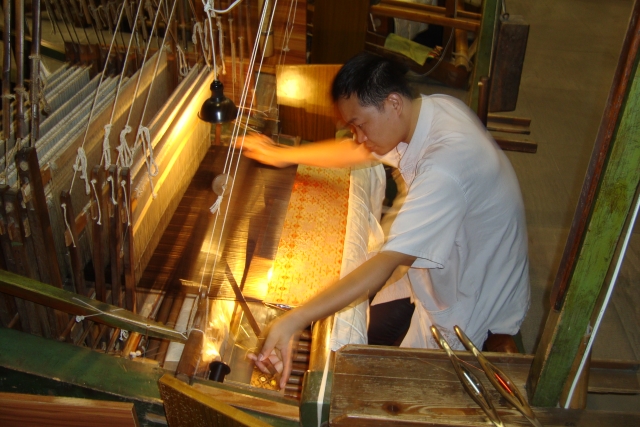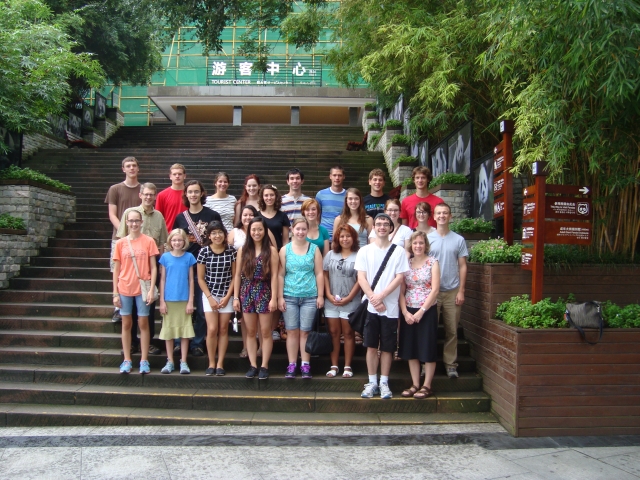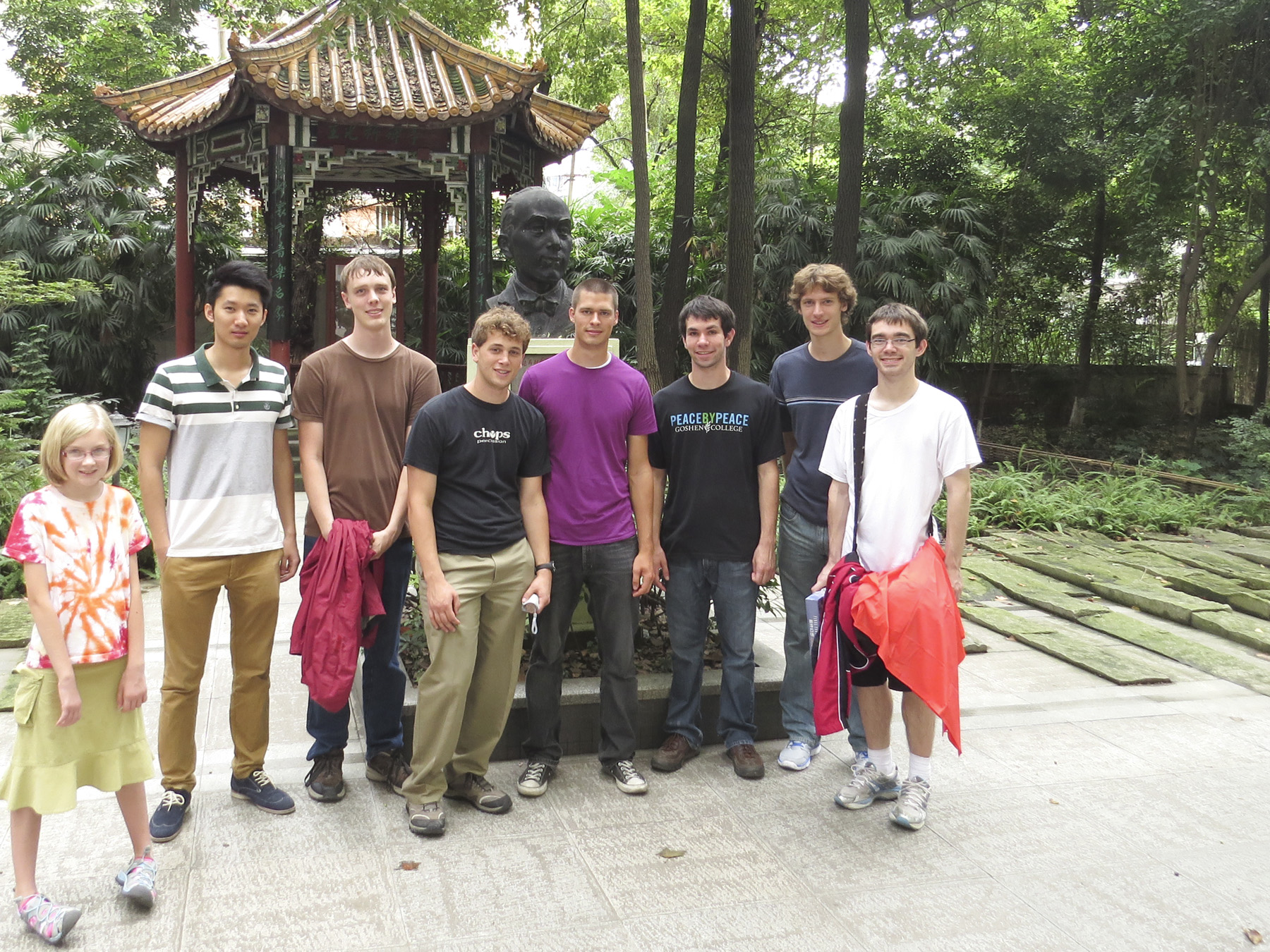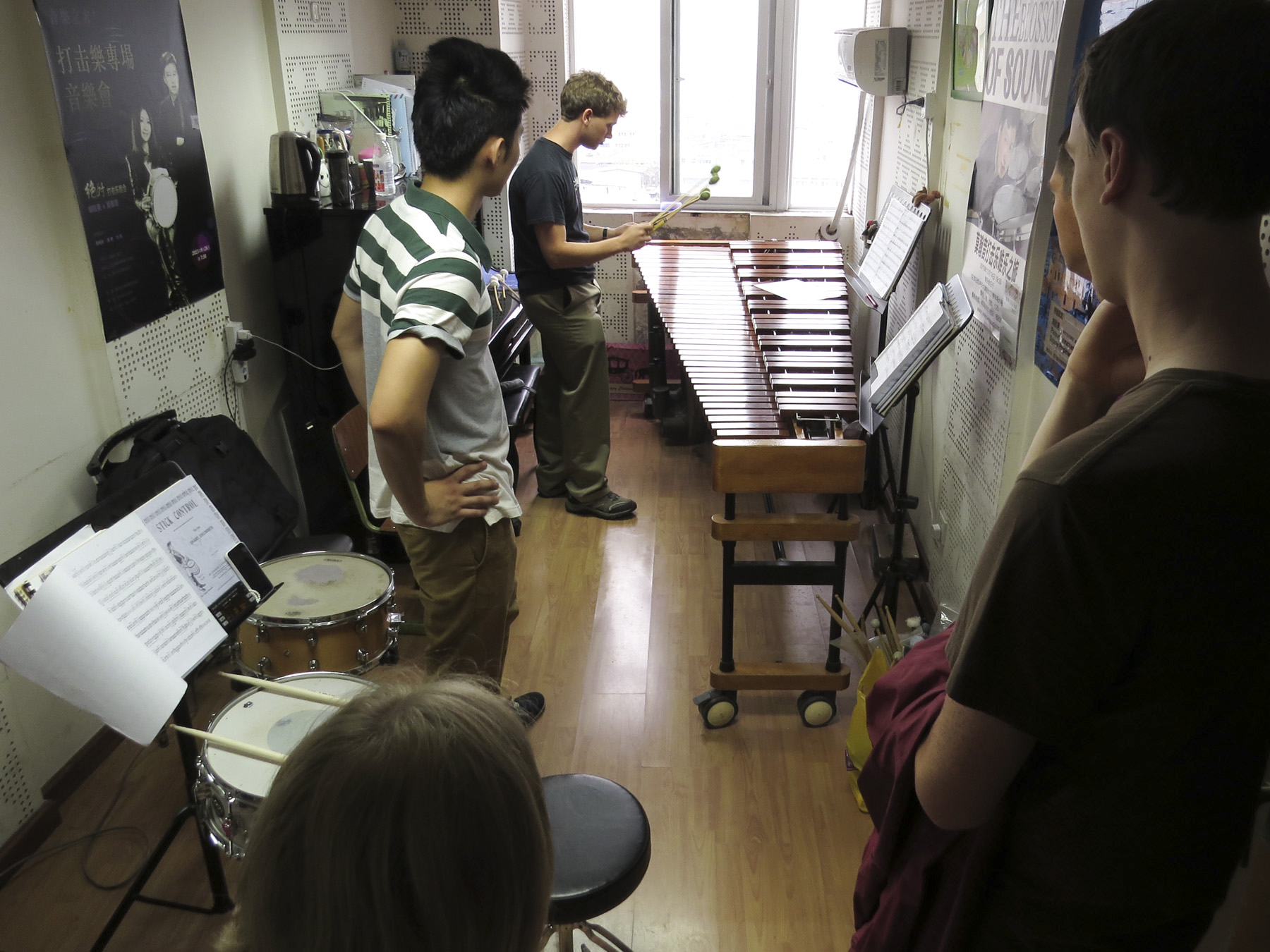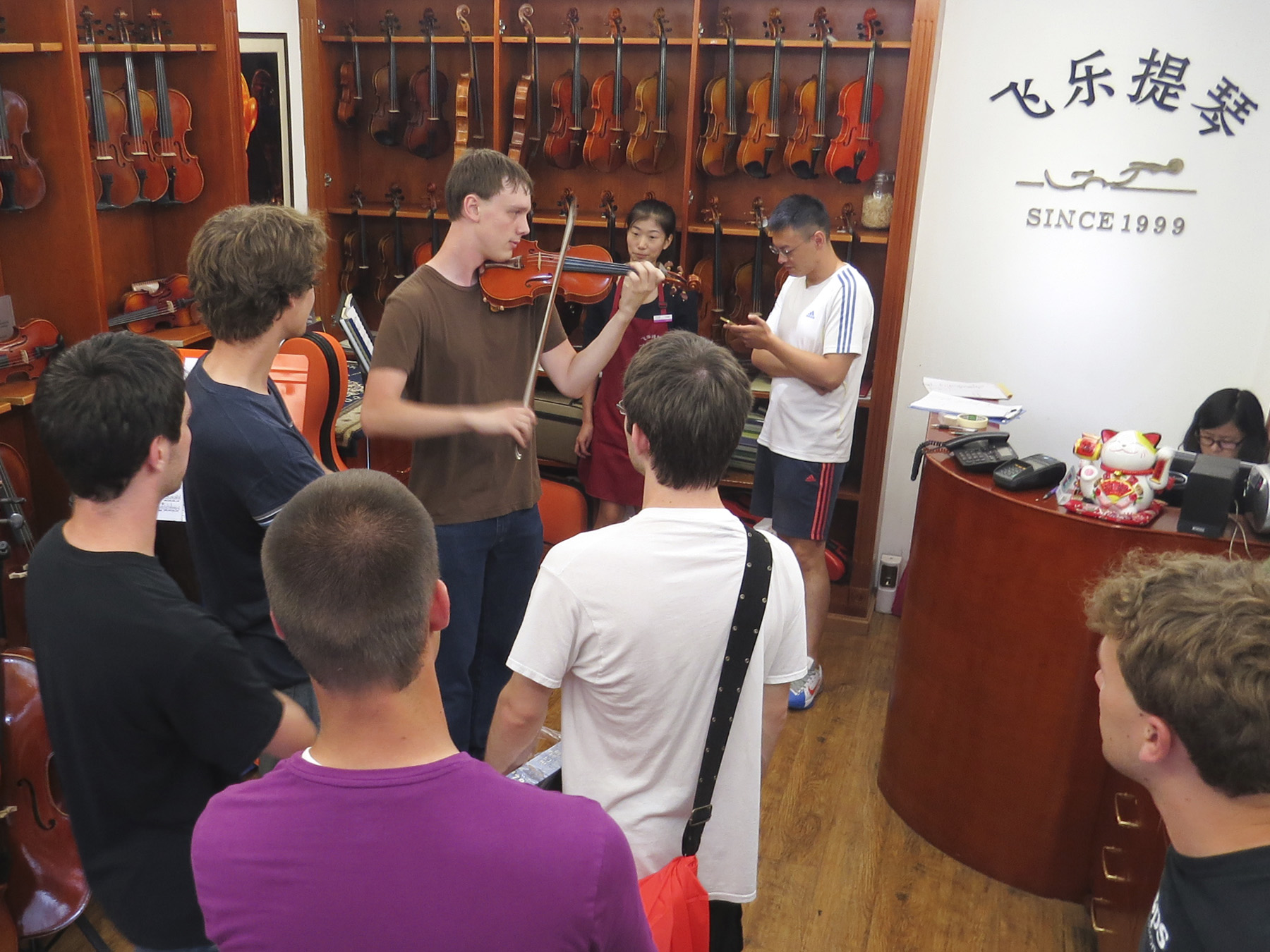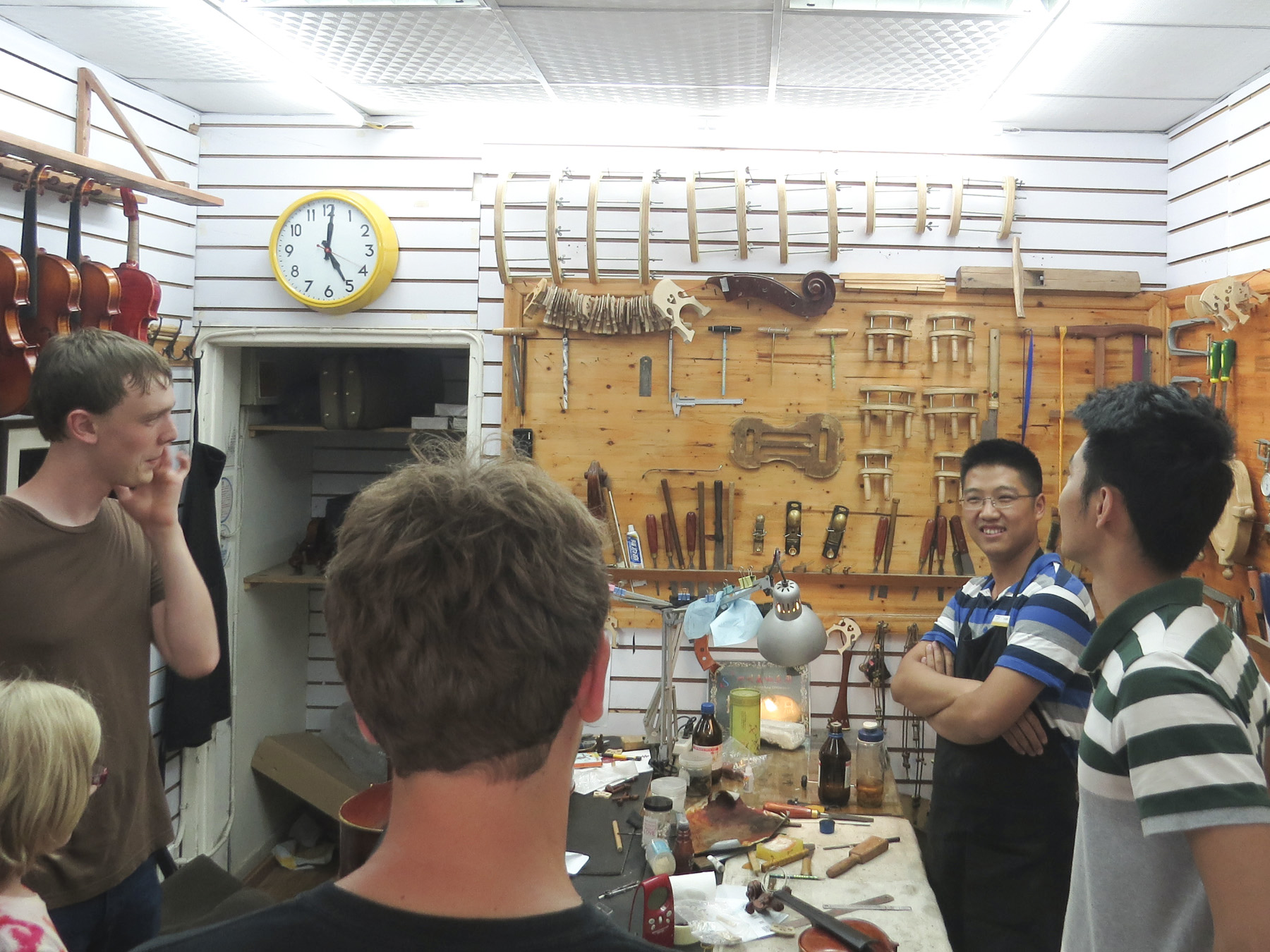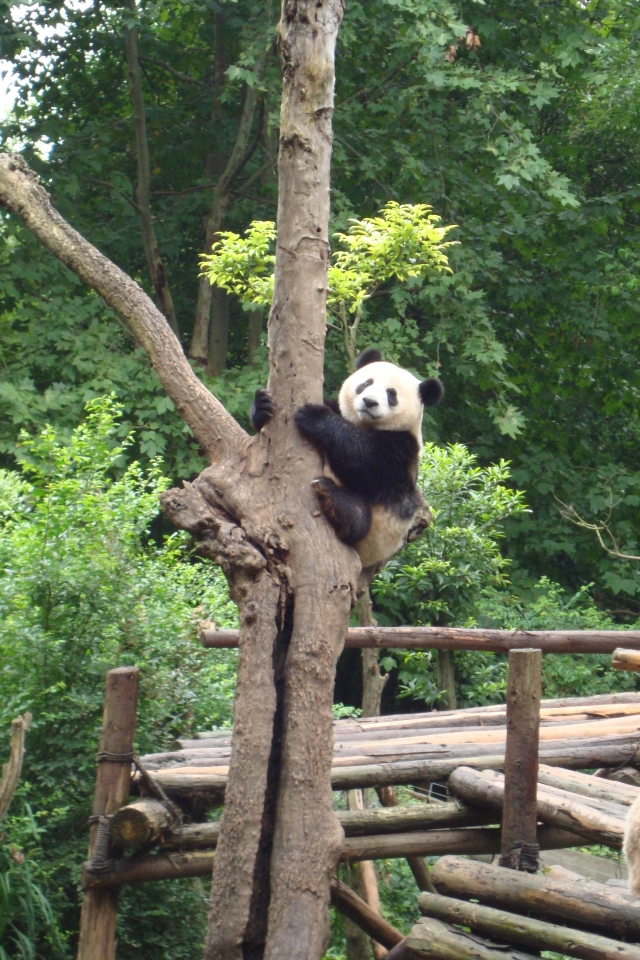Arrival and two days in Chengdu
SSTers arrived in Chengdu late on August 31, tired after two long flights, but also eager to start their China adventure. We checked in to the Dreams Youth Hostel on the edge of the city’s Tibetan quarter and got some sleep. The next day we started with breakfast on the roof and then took “the plunge.” The plunge sent groups of students out into the surrounding streets to buy items from street vendors using the students’ knowledge of Chinese numbers and related vocabulary, and to become familiar with local currency (known as RMB or yuan or kuai) and practice making change. Within an hour all the groups were back, having been successful and having purchased a wide range of items – including some that were not on the list we had provided but which had piqued their curiosity. (Bryan bought a large plastic sword.)
Late morning we walked to People’s Park and to a section of the city knows as “wide and narrow alleys” that has recreated, architecturally, a section of “old Chengdu.” After a lunch sampler of local specialties at one of Chengdu’s oldest restaurants, we visited Wenshu monastery, a Buddhist temple that dates to the Tang Dynasty (600s-900s AD), although many parts of the complex were added in the 1600s. Our knowledgeable guide to all of these areas was Chengdu resident Jeanette Hanson, who has lived in China for 23 years. Jeanette and her family work with Mennonite Partners in China.
In the afternoon we divided into three groups to see three different slices of Chengdu (and to keep walking in a constant battle with jetlag!). One group visited the Chengdu Global Center, the world’s largest building, defined as the most floor space under one roof (18 million square feet). It’s an enormous shopping mall that illustrates China’s new commercialism. Another group visited the silk museum with functioning eighteenth-century two-person looms and exhibits on silk production and the history of silk in Sichuan. The third group went to a giant computer and electronics mall, and then to Sichuan University where they met with some music studio faculty.
The next day, September 2, we left for the Panda Research Base on the outskirts of Chengdu. The research center is home to about 80 Giant Pandas, as well as some Red Pandas. We went early because pandas are most energetic in the morning when it is still cool, and this day the pandas were remarkably active. Several of the two-year-olds, in fact, to our delight wrestled with each other for more than ten minutes. As two of them tussled on their wooden play frame right in front of us, they accidentally rolled off the upper level of the play frame, fell several feet, and smashed the lower level of the wooden play frame! We were stunned and let out shouts, but then laughed as the pandas themselves seemed just as surprised by what had transpired, looked around a bit bewildered, and then lumbered off. The Chengdu Panda Research base focuses on panda breeding, with a goal – slowly being realized – of reintroducing offspring into the wild. Various exhibits explained this part of the center’s work.
Around 11 a.m. we left the panda center and began our bus ride to Nanchong.
